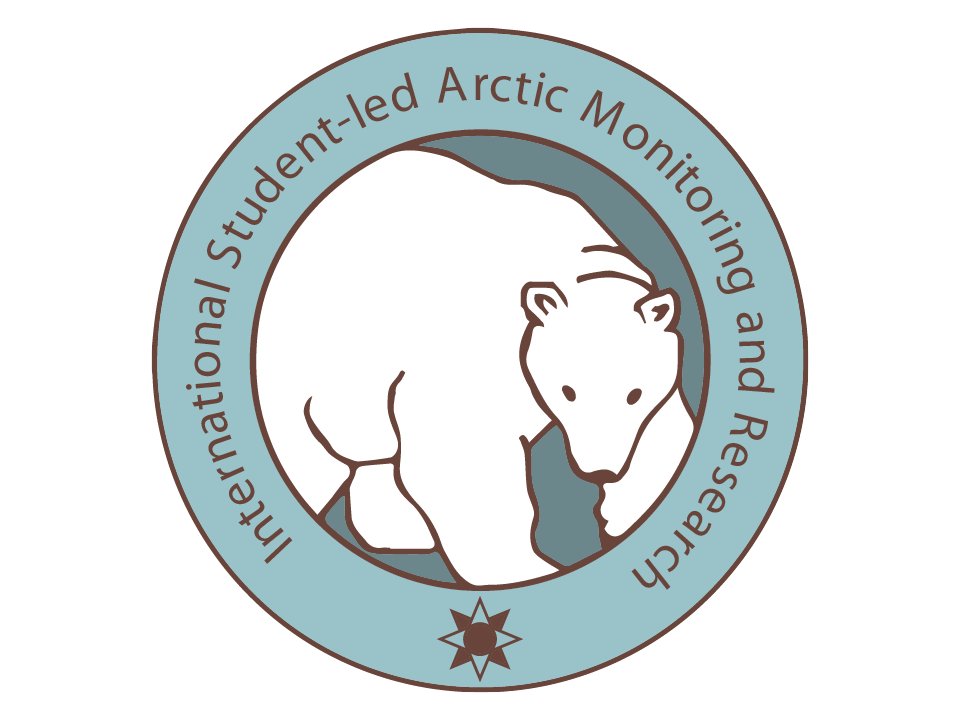August 4th
Finally we are in Churchill after two plane rides, a ten-hour car ride, and a sixteen-hour train ride. We arrived at the CNSC this morning tired but excited, ready to begin taking data and struggling to remember all the Latin names of species that were memorized quickly on the train. After a couple hours of down time, and a very filling lunch, we headed out to complete our first transect.
For our first time, collecting data didn’t go too bad at all. The hardest part for me was probing. Probing requires jamming a long metal rod into the ground until you hit the permafrost: the ice. The distance from the surface to the permafrost, measured on the probe, is the active layer thickness. The active layer is the layer that thaws in the summer and freezes in the winter. It was hard to probe in this site because it’s scattered with rocks, making jamming a metal rod through a bed of rocks a tough task. The site we did today is one that we believe is in transition between a fen and a bog, so it is therefore home to a large variety of species from both habitats. So identifying species and percent cover took a while, as did the probing. However, by the end of the afternoon, we had a good amount of data and were ready for a hearty dinner back at the CNSC.
The climate of the tundra is unlike anywhere I’ve ever been. The sky seems so large and so close, and the land so untouched by humans. It’s a great feeling; so different from Baltimore city. The air is clean and crisp, not filled with factory smoke and gasoline. And each day I am surrounded by such amazing people. While Canada and the United States share a border, I am finding out more and more each day how different the countries really are. Each day has been a learning experience, and I am looking forward to have another two weeks of time to take in the beauty of such a special place!
Anna Connors, Park School 2019
